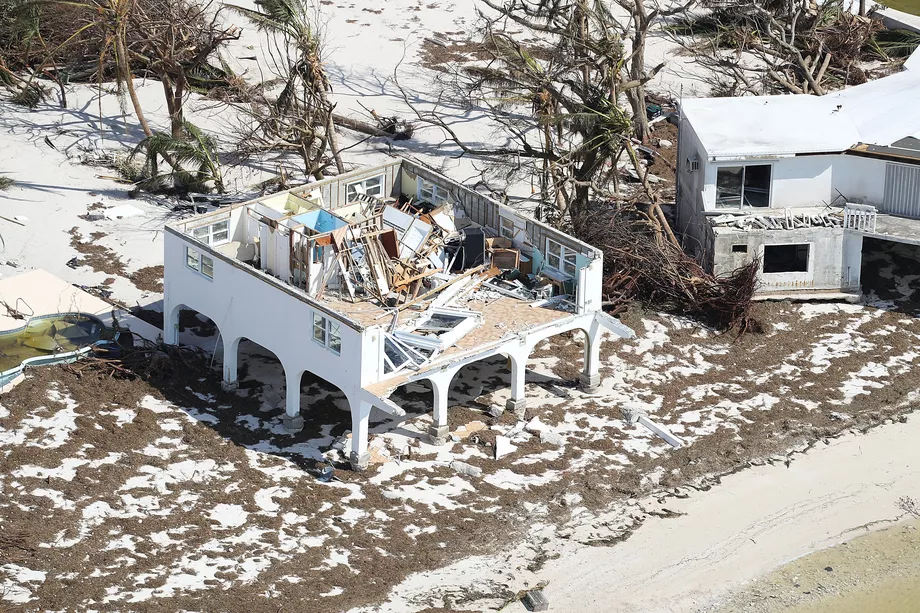
Hurricane resistant homes: why they aren't being constructed more frequently.
[fa icon="calendar'] Aug 16, 2018 11:00:00 AM / by Mark McGivern, CSI, Aff. M. ASCE
Last year was the United States’ most costly on record for weather-related disasters. According to the National Oceanic and Atmospheric Administration (NOAA) weather-related damages in 2017 totaled a staggering $306 billion.
Read More [fa icon="long-arrow-right"]
Everything Leaks: Testing & diagnosing roofing leaks
[fa icon="calendar'] Feb 15, 2018 11:00:00 AM / by Clark Griffith, AIA
Most roofs are not watertight all the time. Roofing systems, both low-sloped (flat) and pitched, will most likely eventually spring a leak, even with the proper recommended maintenance and inspections. But what about newly installed low-sloped roofs, can one expect those to be watertight? Typically, on a newly constructed building, any minor leaks that turn up during construction can be dealt with immediately by the installer. Also, newly installed roofs on new and old buildings will undergo inspections and sometimes specified testing of seams and components for issuance of the manufacturer’s and installer’s warranty of water tightness for a specified period of time. However, ensuring that your newly installed roof is absolutely watertight becomes more critical if it is being covered by rock ballast or a landscaped greenspace or if the roof protects valuable artwork or irreplaceable property. Determining the location, origin, and extent of wet substrates is also critical for existing buildings when trying to determine if repair or complete replacement is more appropriate.
Read More [fa icon="long-arrow-right"]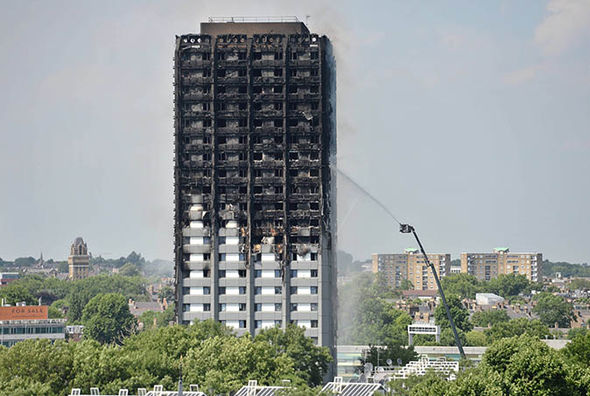
Built to burn: Thousands of buildings worldwide are wrapped in combustible panels
[fa icon="calendar'] Jan 4, 2018 11:00:00 AM / by Clark Griffith, AIA
A high school in Alaska, a National Football League stadium, a Baltimore high-rise hotel and a Dallas airport terminal are among thousands of structures world-wide covered in combustible-core panels similar to those that burned in June's deadly London fire.
Read More [fa icon="long-arrow-right"]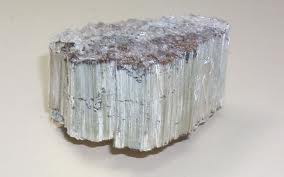
After Years of Decline, Asbestos Use is on the Rise
[fa icon="calendar'] Dec 11, 2017 11:00:00 AM / by Mark McGivern, CSI, Aff. M. ASCE
Do not believe that asbestos is not being used in building products that you specify or construct. Contrary to popular belief asbestos is not illegal in the U.S. According to the EPA many building products can be manufactured with asbestos.
Read More [fa icon="long-arrow-right"]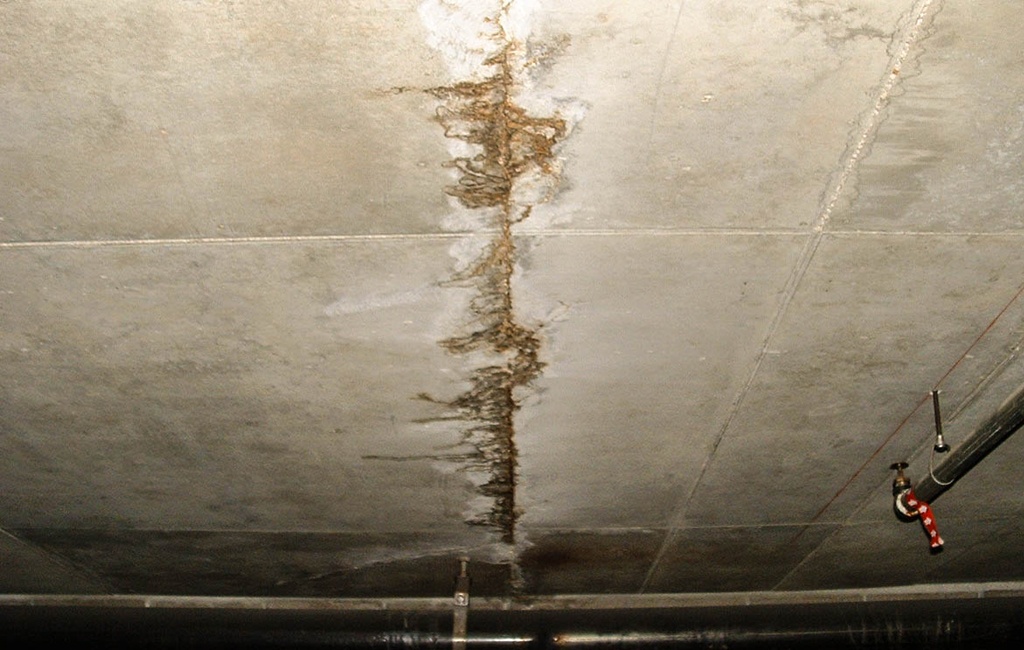
Water Damage During Construction
[fa icon="calendar'] Oct 11, 2017 3:55:00 PM / by Robert Pfeifer, AIA

Mold Within City Buildings: A Common & Growing Issue Part 3
[fa icon="calendar'] Aug 1, 2017 2:58:00 PM / by Morris Yarjovski, CCPM, CCI
Part three of a three part series
As I hinted to in an earlier post, reducing the number of mold cases in both new and older buildings will require a multi-prong approach. First, we must consider the construction process when evaluating the strategies that might be used to combat mold in our structures. Then, the building’s envelope design; and finally, the materials chosen.
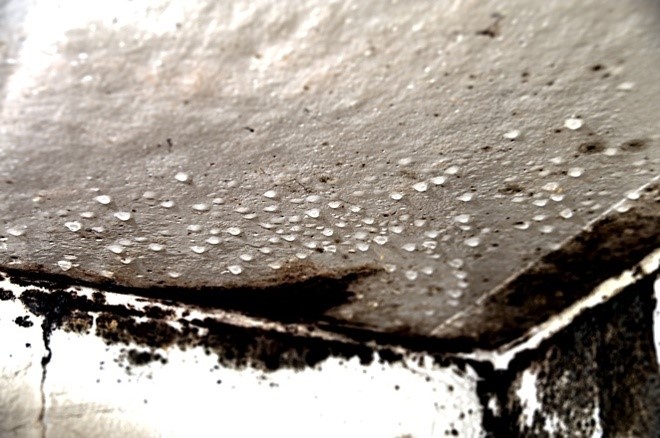
Mold Within City Buildings: A Common & Growing Issue Part 2
[fa icon="calendar'] Jul 20, 2017 2:52:00 PM / by Morris Yarjovski, CCPM, CCI
Part two of a three part series
In older buildings, the facility needs to be reviewed diagnostically. By that, I mean, the structure needs to be analyzed for what may be producing a problem, and not just from what can be designed better. In other words, we need to observe the sources that contribute to the growth of mold within the aging structure.

Preliminary Cost Investigations and the Importance of a Detailed Budget
[fa icon="calendar'] Jun 21, 2017 9:55:27 AM / by John R. Manning, PE, CCM, LEED
This is the sixth post in our year-long series about the best ways to work with your Owner's Representative. You can view all of the series posts here.
The most critical segment of the pre-design phase of your project is the development of a sound budget through good preliminary cost investigations.
A project can be made or lost in those crucial first few days or weeks if careful thought is not put into the budget. Once the budget is set and the Owner gets its funding it becomes an uphill battle to get more funding so all budgets need to be reviewed by everyone who has a stake in the project from the Owner’s side. The budget should be broken out in adequate detail to allow everyone to understand what is included in the budget and what is not included in the budget.
Most of the time budgets are developed with little, if any, design documentation. This initial budget estimate may be required prior to any plans or sketches and be based solely on a “concept” or “program,” hence the need for a well thought out and written Scope or Project Requirements, which should be developed in parallel with the budget and will provide the detail of what is included in the budget.
Actual estimating will typically be limited at this stage to broad budget type numbers based upon areas. Those areas should be included in a written Scope or Project Requirements (Program). In any budget breakdown, notes should be added to line items to ensure that others understand what was considered and be able to follow the budget logic.

Mold Within City Buildings: A Common & Growing Issue
[fa icon="calendar'] Jun 20, 2017 7:48:22 AM / by Morris Yarjovski, CCPM, CCI
Part one of a three part series
If one was to do a random inspection for mold in a large city, like New York City, the likelihood of encountering it would be relatively high.

Avoiding "New Home Heartbreak"
[fa icon="calendar'] Jun 1, 2017 3:38:03 PM / by Diana Bass
Since 2010, more than 200 complaints about new home construction have been received by the the Indiana Attorney General's Office. Poor workmanship and failure to honor a warranty are some of the common complaints against builders.
Partnering with Call 6 Investigates in Indianapolis, ABC News recently interviewed CCA's CEO Mark McGivern. As a construction defect expert, McGivern provided perspective and insights into this situation:
Construction expert Mark McGivern said water intrusion is the biggest -- and the most expensive -- problem homeowners face.
"In some cases, it can cause mold, which then becomes a health concern," said McGivern, CEO of Construction Consulting Associates.
McGivern said there are a number of things a homeowner can do to protect themselves.
“Be an informed and educated consumer, and whether you’re buying a $200,000 house or a $2 million house, the rules apply as just good common sense,” said McGivern.
Watch the news story and hear more of McGivern's insights at the Call 6 website.
Read More [fa icon="long-arrow-right"]
